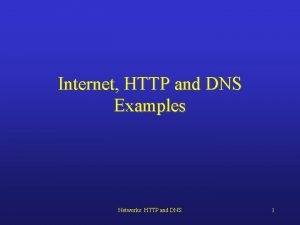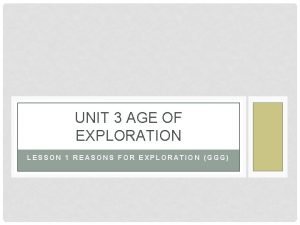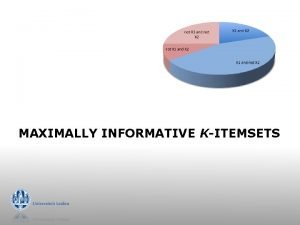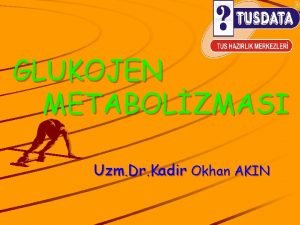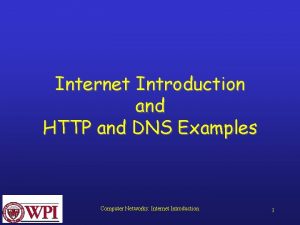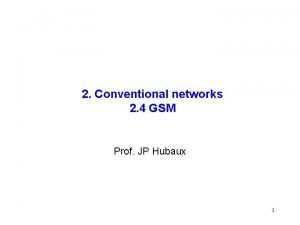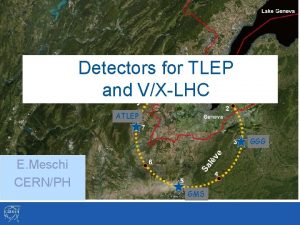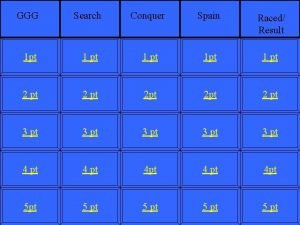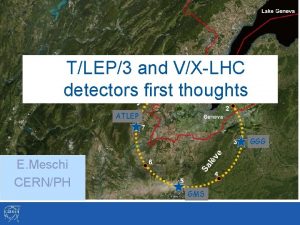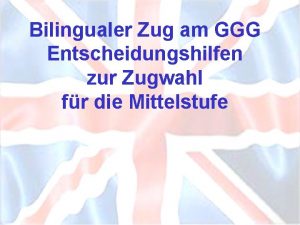GGG 2000 Session 9 August 4 2000 The


















- Slides: 18

GGG 2000, Session 9 August 4, 2000 The Challenge of the cm-geoid 12: 10 -12: 30 Recent Investigations Towards Achieving a One Centimeter Geoid Daniel R. Roman & Dru A. Smith U. S. National Geodetic Survey

OUTLINE • • G 99 SSS/GEOID 99 processing stream Refinements of hybrid methodology Development of a direct Helmert approach Other future developments

G 99 SSS/GEOID 99 Processing Stream • Use of Faye anomalies in G 99 SSS is same as approach taken for G 96 SSS (GEOID 96) • Higher resolution DEM in PNW increased calculated terrain correction (TC) signal • TC’s calculated in much narrower bands • More GPS on BM data improved regions previously under-represented (Midwest & Plains States) in GEOID 96




Refinements of Hybrid Methodology • G 99 SSS & GPS on BM residuals were modeled both by minimum curvature with a 300 -km low-pass filter and by iterative LSC at 550 & 33 km correlation lengths • Forthcoming models will be based on single -pass LSC using a 33 km correlation length and use of non-uniform sigma values based on GPS network accuracies




Development of a Direct Helmert Approach • Terrain Effects broken into inner ( <4 degrees) and outer ( >4 degrees) zones • Outer zone is being modeled using FFT’s • Inner zone will be modeled in spherical coordinates in the space domain • Merging will be with an equivalent taper applied in both space & frequency domains • Downward continuation consistent with terrain effects is being explored



Other Future Developments • Development of a North American geoid • Impending satellite gravity missions • Anticipated improvements to observations and DEM’s

Development of North American Geoid • Joint (U. S. , Canadian, Mexico, etc. ) effort • Anticipated scope is from the North Pole to the Equator including Greenland & Alaska • Next NAG subcomm. meeting possibly in Mexico, Central America or Caribbean • Largest obstacle remaining: Data gaps in Central America and Cuba

Impending Satellite Gravity Missions • GRACE, CHAMP, & GOCE • Expect cm-level commission errors for the resulting degree 120 -250 harmonic models • Combining these models with surface gravity observations should produce highresolution geoid at the cm-level • May eliminate the need for hybrid geoids and permit analysis of leveling networks

Anticipated Improvements to Observations and DEM’s • National Adjustment of CORS Network in 2004 will create more cohesive GPSderived ellipsoidal heights at bench marks • Increased DEM resolution (1 arc-second for all of CONUS) will improve determination of 3 D masses beneath gravity observations

Conclusion • Ongoing research will improve current approach (near term) and develop avenues for more rigorous solutions (far term) • Expected quality and quantity of future DEM and satellite gravity data sets should complement theoretical improvements • Development of a joint regional gravimetric geoid will enhance international studies
 Ggg.10net
Ggg.10net Ggg weight gain
Ggg weight gain Ggg
Ggg Ggg motivation
Ggg motivation Glukojen
Glukojen Ggg.10net
Ggg.10net Mobile station
Mobile station Ggg-p2-011
Ggg-p2-011 Bảng số nguyên tố lớn hơn 1000
Bảng số nguyên tố lớn hơn 1000 Tỉ lệ cơ thể trẻ em
Tỉ lệ cơ thể trẻ em Vẽ hình chiếu vuông góc của vật thể sau
Vẽ hình chiếu vuông góc của vật thể sau Các châu lục và đại dương trên thế giới
Các châu lục và đại dương trên thế giới Thế nào là hệ số cao nhất
Thế nào là hệ số cao nhất Sơ đồ cơ thể người
Sơ đồ cơ thể người ưu thế lai là gì
ưu thế lai là gì Tư thế ngồi viết
Tư thế ngồi viết Cái miệng nó xinh thế
Cái miệng nó xinh thế Hát kết hợp bộ gõ cơ thể
Hát kết hợp bộ gõ cơ thể đặc điểm cơ thể của người tối cổ
đặc điểm cơ thể của người tối cổ
